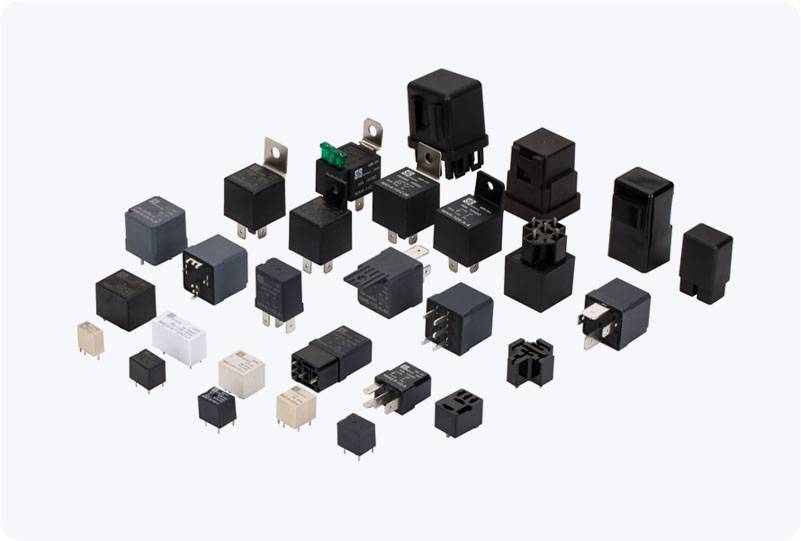As electric vehicles (EVs) continue to gain popularity, the focus on enhancing safety, reliability, and efficiency in EV systems becomes more critical. Among the many vital components that ensure smooth operation, the Precharge Relay stands out as an essential safety feature. This seemingly small part plays a crucial role in the protection and stability of the high-voltage systems within electric vehicles. In this article, we will explore what a Precharge Relay is, how it functions, and why it is indispensable for EVs.

What is a Precharge Relay? A Precharge Relay is an electrical component used in electric vehicles to manage the initial charging of the battery and ensure that the system’s high-voltage circuit does not experience any dangerous surges when activated. Typically located between the battery pack and the inverter or charging system, the precharge relay controls the power flow to prevent any instantaneous current spikes that could damage sensitive components such as the battery or other electrical systems. When an EV is first turned on, there is an inherent risk of a sudden and high current surge due to the difference in voltage levels between the battery and the rest of the system. This surge could cause serious damage to components, especially the battery. To mitigate this risk, the Precharge Relay engages a process called “precharging.”